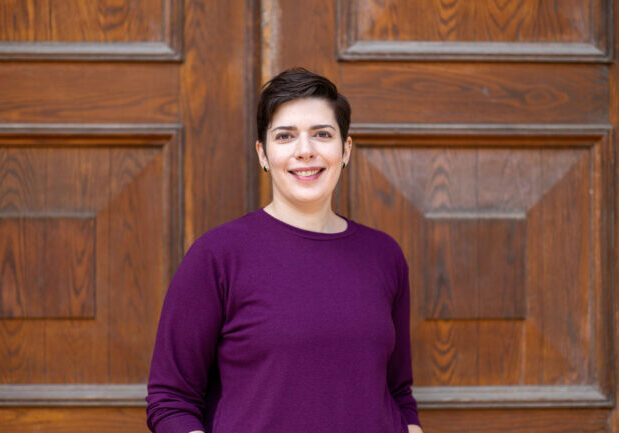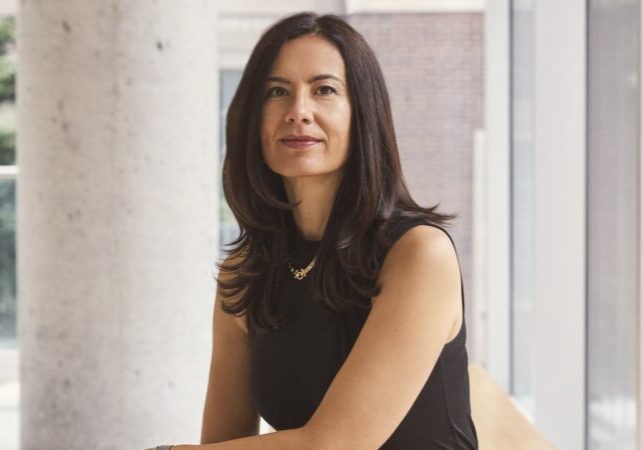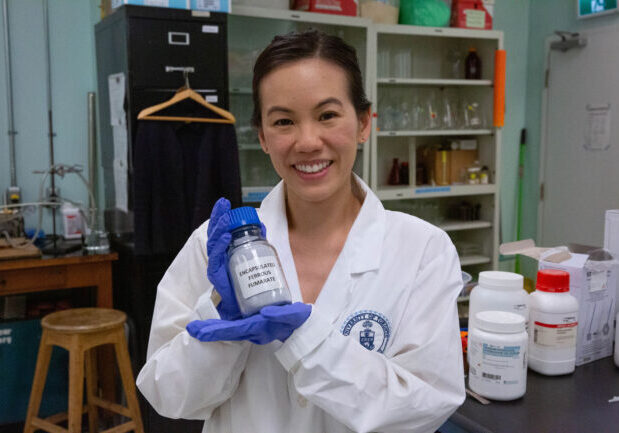
This PhD graduate’s food fortification research took her around the world, from Senegal to India
Kiki Chan (ChemE MASc 1T8, PhD 2T5) has travelled widely in pursuit of new ways to add micronutrients to common foods, thereby improving human health

Professor Leo Chou receives Ontario Early Researcher Award to advance vaccine and immunotherapy delivery
Funding aims to strengthen Ontario’s long-term economic growth by advancing discoveries that improve lives and foster a skilled research workforce
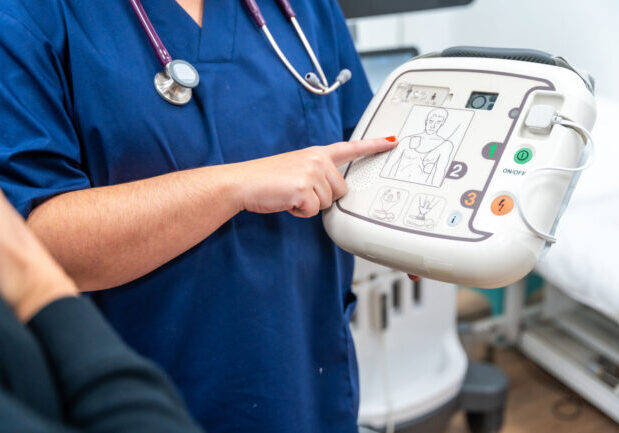
Launch of PADmap translates graduate research on defibrillators into a potentially life-saving tool
Collaboration between researchers at U of T Engineering, the University of Edinburgh and designers at creative agency Daysix, was funded by the Scottish Government and St John Scotland

Professor Milica Radisic receives a Governor General’s Innovation Award
Radisic’s research focuses on organ-on-a-chip engineering and the development of new biomaterials that promote healing
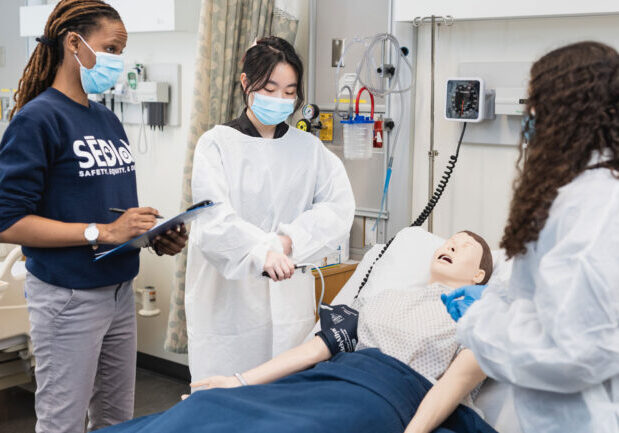
Centre for Healthcare Engineering partners with William Osler Health System to improve clinical practice
Professor Myrtede Alfred (MIE) is leading a new Academic Practice Partnership (APP) designed to drive innovation in research, education and clinical practice


